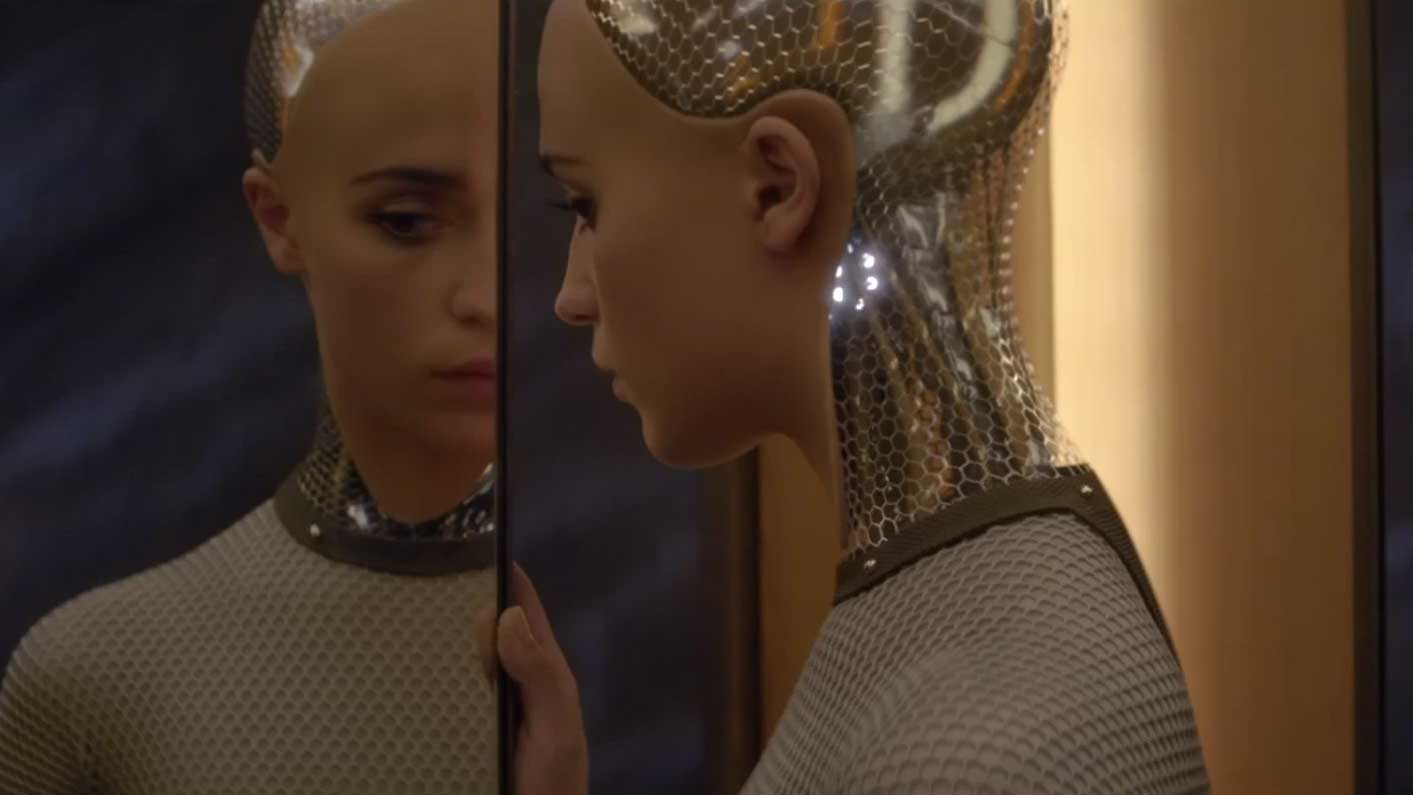We just took another big step towards artificial lifeforms
Scientist make artificial DNA that's as good as the real thing

A team of synthetic biologists trying to recreate life from the ground up has made a major breakthrough - creating artificial DNA that links up just like natural DNA.
Stephen Benner from the Foundation for Applied Molecular Evolution in Florida, along with his colleagues, built two "nucleobases" - compounds containing nitrogen that can stack up on top of each other to form a helix. The two nucleobases can bond together to form a pair, creating the double-helix that we know as DNA.
Others have achieved the same thing, but their bases weren't capable of forming chains of the same base because of the way they're joined together. Benner and Millie Georgiadis of Indiana University have now proved that theirs can - allowing them to be incorporated into strands of both natural and artificial DNA.
Getting under the skin
"DNA normally has to adopt different forms to interact with different sets of proteins," Georgiadis told New Scientist. "The fact that [our bases] can adopt these forms suggests that [DNA made with them] will behave in a cell like natural DNA."
She added that the goal is to "create new things". Those "things" could include everything from new medical treatments to entirely artificial lifeforms. Their results were published in the Journal of the American Chemical Society.
Sign up for breaking news, reviews, opinion, top tech deals, and more.
